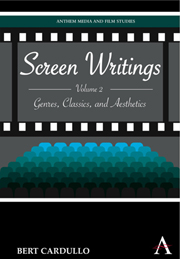Introduction: The Film of Value
Published online by Cambridge University Press: 05 March 2012
Summary
Throughout history, two factors have formed people's taste in any art, their valuing of it, that is: knowledge of that art and knowledge of life. Obviously this is still true, but the function of taste seems to be altering. As formalist aesthetic canons have come to seem less and less tenable, standards in art and life have become more and more congruent, and as a result the function of taste is increasingly the selection and appraisal of the works that are most valuable to the individual's very existence. So our means for evaluating films naturally become more and more involved with our means for evaluating experience; aesthetic standards don't become identical with standards in life but they are certainly related – and, one hopes, somewhat braver.
Of course the whole process means that human beings feed on themselves, on their own lives variously rearranged by art, as a source of values. But despite other prevalent beliefs about the past connected with theology and religion, we are coming to see that people have always been the source of their own values. In the century in which this responsibility, this liberation, became increasingly apparent – the twentieth – the intellect of man simultaneously provided a new art form, the film, to make the most of it.
That art form is obviously still with us, and now, in the twenty-first century, more than ever, it seems.
- Type
- Chapter
- Information
- Screen WritingsGenres, Classics, and Aesthetics, pp. ix - xiiPublisher: Anthem PressPrint publication year: 2010



